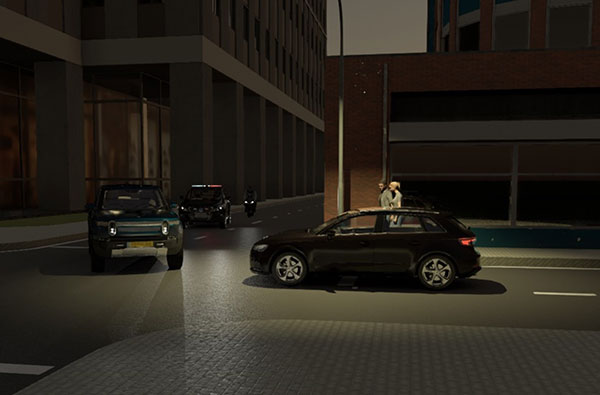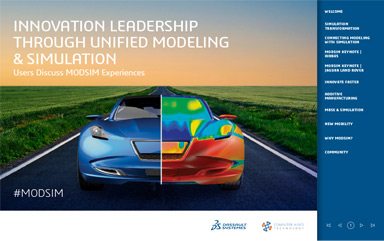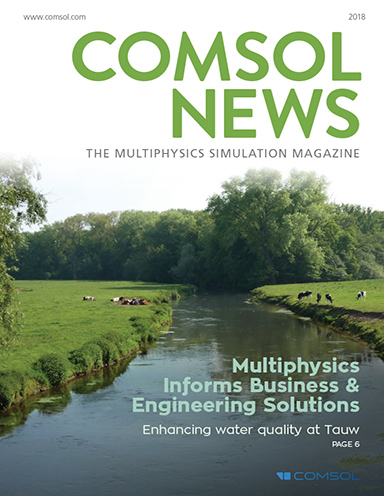
Siemens says it is working toward level 4 autonomous vehicle and unmanned aerial vehicle development by facilitating progress of AV development through its upcoming scenario creation offering. Image courtesy of Siemens.
Latest News
July 21, 2023
With the 2307 release, Siemens Simcenter Prescan software helps you develop and test autonomy algorithms by simulating challenging scenarios. This is accomplished through enhanced sensor simulation realism, faster creation of scenarios through support of OpenScenario 2 standard, easy access to pre-built New Car Assessment Program (NCAP) scenarios, and improved simulation performance that provides the possibility to simulate more than 1,000 actors in a single experiment.
Create Ambient Light
According to the U.S. Department of Transportation, 76% of pedestrian fatalities occur at night. In Japan, a National Police Agency study showed that 60% of pedestrian and cyclist fatalities occurred during the twilight hours. For autonomous vehicle systems, night conditions pose a challenge. In 2022, the Insurance Institute for Highway Safety in the United States introduced a nighttime test of pedestrian automatic emergency braking systems to address the high percentage of pedestrian crashes that occur on dark roads.
To address nighttime testing and development challenges for the automotive industry, Simcenter Prescan’s physics-based camera now allows easy creation and configuration of nighttime scenarios via the graphical user interface and the data model application programming interfaces, with a set of lighting presets according to the Bortle scale. This setting affects both the brightness of the background and the environment lighting in the scene, allowing for the creation of realistic night conditions.
Add User-Defined Materials to Database
Simcenter Prescan’s material database can now be extended with user import materials. Users can both test and develop their sensors against imported as well as already available materials from Simcenter Prescan’s material database. In addition, with advancements in pigment production and coating innovations, chemical producers will be able to test quickly how their coatings may respond to different sensors in a virtual environment.
Filter Setting Before Analog-to-Digital Conversion
For automotive radars, the power return from targets decreases with distance to the power of four. The received signal can be below the noise threshold or sidelobes of the targets, which are in front of the radar. Detection may be lost.
Using the Simcenter Prescan physics-based radar, you may now apply a filter on the analog side before the analog-to-digital-converter. This improves radar detection for close as well as large distances.
The image here shows the range doppler plot for two cars in front of the radar. Note the change in the signal from the distant car after the application of the filter.
For more product details, click here.
Sources: Press materials received from the company and additional information gleaned from the company’s website.
More Siemens Digital Industries Software Coverage
Subscribe to our FREE magazine, FREE email newsletters or both!
Latest News
About the Author
DE’s editors contribute news and new product announcements to Digital Engineering.
Press releases may be sent to them via [email protected].






